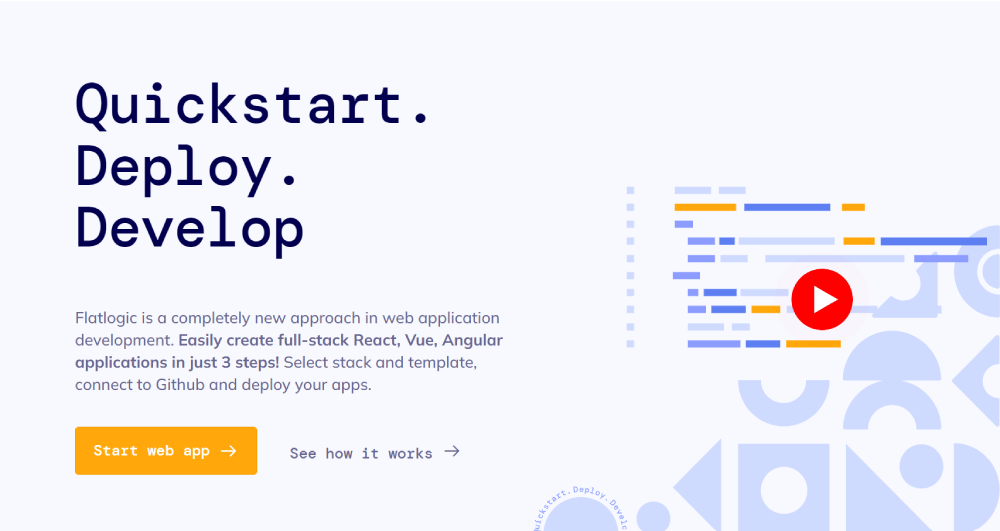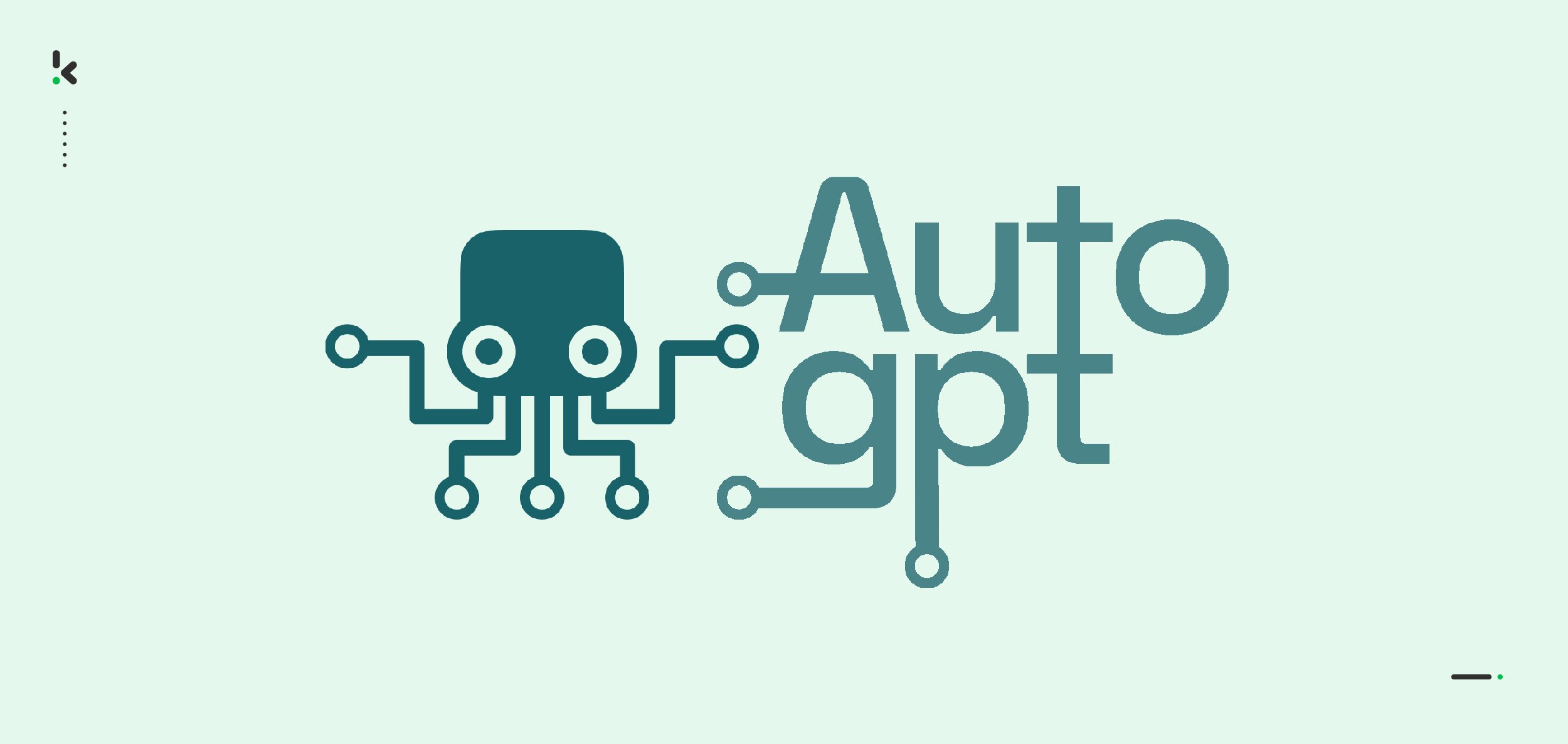AI tools have come a long way from just helping you autocomplete code. Today, it’s possible to go from a blank screen to a fully functional, production-ready app with the help of AI.
But there’s a catch: not all AI tools are built for real-world deployment. Some generate code that looks good on the surface, but breaks down under real traffic, real users, and real business needs.
So, the question isn’t just: Can AI build apps?
It’s: Can AI build apps that actually work in production?
Short answer: Yes. But only if you use the right tools—and the right process.
Here’s what that looks like.
Step 1: Start with a Solid Foundation
Tools like Flatlogic AI give you a clean, structured base for your app.

You define the data model, pick your stack (React, Angular, Vue + Node.js, Python, or .NET), and it generates:
- A frontend UI
- Backend API logic
- Connected database schema
- Auth, routing, and role-based access
- Ready-to-deploy project structure
The result? A real web app—not a toy project or a sandbox demo.
Why this matters: In production, you need code that’s clean, modular, and easy to maintain. Flatlogic’s structure gives you that right out of the gate.
Step 2: Customize with Trusted AI Assistants
Once the app is generated, you’ll likely want to add custom logic, validations, or third-party integrations. That’s where tools like GitHub Copilot and Cursor shine.

Use them to:
- Add business rules to your backend
- Write custom components for your UI
- Refactor repetitive code
- Extend auth, permissions, or workflows
- Add logging, error handling, and analytics
Bonus: ChatGPT is great for on-the-fly problem solving and architectural advice as you go.
Step 3: Validate with Tests and Reviews
No app is production-ready without testing—and AI can help here too.
Copilot and ChatGPT can assist with:
- Unit test generation
- Explaining edge cases
- Debugging failing tests
- Creating test coverage reports
Want to take it further? Pair your code with tools like Snyk or SonarQube to scan for vulnerabilities or anti-patterns.
Pro tip: AI gets you 80% of the way—but the last 20% still needs human review.
Step 4: Deploy with Confidence
One of the best things about Flatlogic AI is that it gives you deploy-ready output. You can:
- Deploy directly using Flatlogic’s hosting
- Export the app and push it to Render, Railway, or Vercel
- Customize your CI/CD pipeline as needed
Because you own the code, you can host it anywhere, scale it however you want, and keep it secure.
No vendor lock-in. No strange file structures. Just clean, deployable code.
Real-World Example
Let’s say you’re launching a SaaS tool to manage customer feedback. Here’s what the AI-powered flow looks like:
- Generate your app in Flatlogic AI with tables for Users, Feedback, and Tags
- Customize logic with Copilot—auto-tag feedback based on keywords
- Add email alerts using ChatGPT to write a simple Node mailer
- Scan the code with Snyk for vulnerabilities
- Deploy on Render with PostgreSQL in the cloud
- Track bugs using Sentry and monitor usage with PostHog
That’s a full-stack, production-ready app. Built with AI. Live in days.
Final Thoughts
Building production-ready apps used to be a months-long grind. Now, with AI tools like Flatlogic AI, Copilot, Cursor, and ChatGPT, you can launch something real in a fraction of the time—and keep full control of your code.
AI doesn’t replace your judgment—but it does eliminate the bottlenecks that used to slow you down.
Yes, you can build apps with AI. And yes—they can be just as real, stable, and scalable as anything written from scratch.








